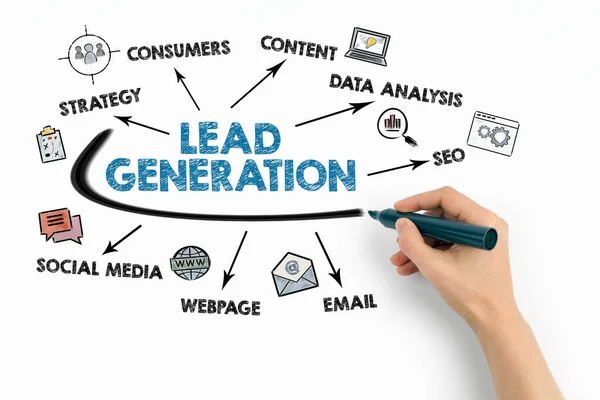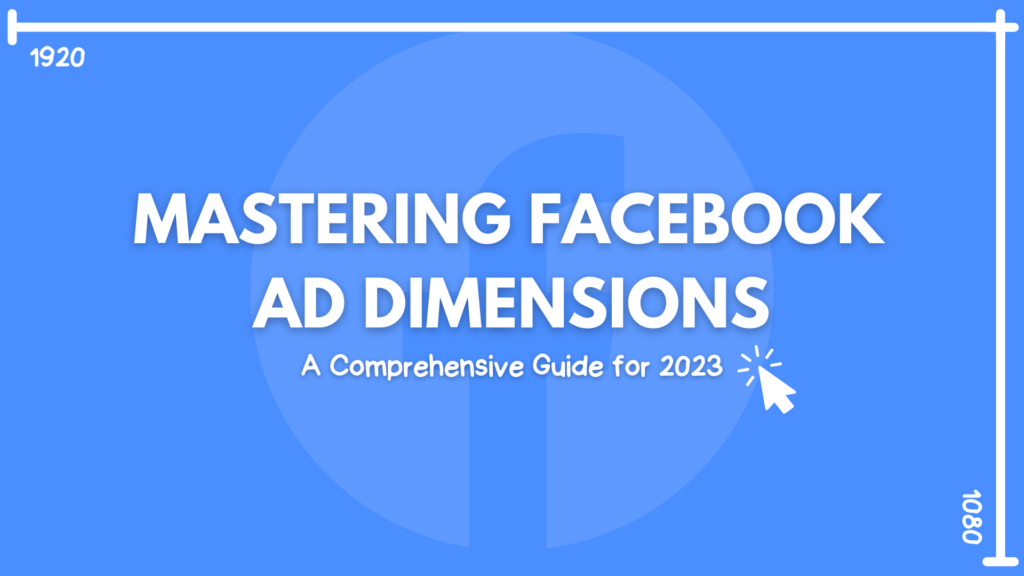
1. Understanding Branding and Visual Identity
Branding goes beyond logos and taglines. It’s the emotional and psychological relationship a customer has with a company. It’s the promise of an experience. As Jeff Bezos, founder of Amazon, once said, “Your brand is what people say about you when you’re not in the room.”
Visual Identity, on the other hand, is the visual representation of that brand. It’s the tangible elements like logos, typography, colors, and design that communicate the brand’s message and evoke emotional responses.
2. Expansiveness of Branding
Branding today permeates various digital avenues, from websites and social media to apps and even email signatures. Each interaction point is a chance to echo the brand’s essence and craft a unified perception for the consumer. This digital branding landscape mirrors the diverse and evolving nature of branding research. Recent studies have delved into five key themes, showcasing both the breadth of branding topics and their intersection with broader consumer research areas. While some themes resonate with wider consumer interests, others are distinctly tied to branding. These themes, backed by rigorous concepts and real-world relevance, are explored in depth in recent JCR articles. Each theme is enriched by detailed insights from select articles, culminating in a discussion on the future trajectory of branding research.
3. The Imperative of Consistency
Branding Consistency goes beyond just a repetitive logo; it’s about cultivating trust through a cohesive message and experience at every interaction point. Consider Apple, which embodies innovation, simplicity, and elegance in everything, from products to promotions. Similarly, consistent marketing fosters a sense of familiarity and trust with consumers. Just as we trust a predictable friend over an erratic one, customers gravitate towards brands they understand and can anticipate. This trust isn’t built overnight; it’s cultivated over time by aligning every marketing effort with a clear branding strategy. And it’s not just about trust; research indicates that brands with consistent marketing can be valued up to 20% higher. This is because consumers, whether buying coffee or a car, prefer entities they recognize and can rely on to meet their expectations.
4. Delving into the Psychology of Branding
Branding is not just about logos or taglines; it’s a profound psychological journey that companies embark on to connect with their audience. This journey transforms companies from mere business entities into relatable personalities. When consumers think of a brand, they often associate it with human-like traits, emotions, and values, making the brand more memorable and relatable.
One of the foundational elements of branding is consistency. Through consistent use of colors, logos, and messaging, brands build trust and recognition. For instance, specific colors can evoke particular emotions. The color blue might convey trust and reliability, while red can signify passion and energy. Brands strategically choose these colors to align with their values and the emotions they wish to evoke. Moreover, humans are naturally inclined to seek patterns and familiarity. When a brand consistently presents itself in a particular manner, it becomes more recognizable and trustworthy to consumers. This consistency reassures consumers that the brand is dependable and reliable.
Another crucial aspect of branding is the sense of belonging it can create. Brands often target specific “in-groups” or communities. For instance, Nike doesn’t merely market shoes; it connects with the “Sneakerhead” community, emphasising the fashion and culture of sneaker collecting. By doing so, Nike becomes more than a shoe company; it becomes a part of that community’s identity.
5. Building a Brand: Step by Step
Mission and Vision: Before any visual representation, a brand needs to define its mission (what it does) and vision (what it aspires to do).
Target Audience: Understanding who the brand caters to can help in tailoring the branding message.
Brand Voice and Personality: Is the brand playful or serious? Modern or traditional? This voice should be consistent in all communications.
Visual Elements: From color palettes that evoke specific emotions to logos that become synonymous with the brand, visual elements play a pivotal role.
6. Evaluating Branding Efforts
It’s essential to periodically assess branding efforts. It distinguishes your company in a saturated market, paving the way for exponential growth. As a digital agency founder, I’ve observed its pivotal role in business expansion. To build a robust brand:
- Understand Your Audience: Tailor strategies to meet their needs.
- Define Your Message: Like TOMS Shoes’ impactful “One for One” slogan.
- Research the Marketplace: Know your competitors and customer preferences.
- Showcase Your Strengths: Balance product, price, promotion, and place.
- Design a Memorable Logo & Tagline: Simplify and make it resonate.
- Engage Authentically: Choose the right tone and content for your audience.
- Maintain Brand Consistency: Ensure a cohesive online presence.
- Be a Brand Champion: Personalize interactions and build trust.
- Prioritize Promotion: Utilize social media and offer referral incentives.
Effective branding attracts the right audience, enhancing conversions and sales. It’s the path to global recognition and success.
7. SEO and Branding: An Unmissable Duo
In today’s digital-first world, SEO is integral to branding. A well-optimized website not only ranks higher on search engines but also offers a better user experience, reinforcing positive brand perceptions.
8. Real-world Branding Success Stories
Coca-Cola: With its iconic logo, distinct bottle shape, and memorable ads, Coca-Cola has built a brand that’s recognized worldwide.
Tesla: Beyond its innovative products, Tesla’s branding around sustainability and a greener future has resonated with many.
9. Conclusion
Branding and visual identity are the cornerstones of a business’s relationship with its customers. They shape perceptions, influence decisions, and can be the difference between fleeting attention and lasting loyalty.
Note: This article is an expanded version, inspired by a video tutorial on branding and visual identity. The insights and quotes have been sourced and elaborated upon for a comprehensive understanding.













